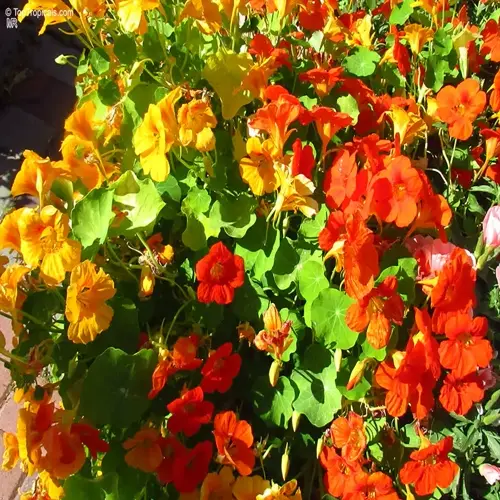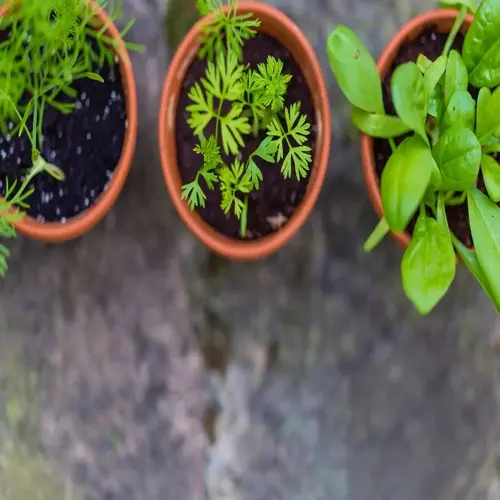How does rootstock selection impact trees?

Written by
Paul Reynolds
Reviewed by
Prof. Charles Hartman, Ph.D.Rootstock selection is the primary determiner of tree characteristics and performance. Dwarfing rootstocks limit the height of trees for small spaces, and disease-resistant varieties protect trees against soil pathogens. The survival of my orchard through successive drought years has taught me the importance of matching rootstocks to local conditions.
Size Control Mechanisms
- Dwarfing: Hormonal signals restrict vertical growth
- Semi-dwarf: Balance between yield and manageable size
- Vigorous: Maximizes canopy development for high production
Disease Resistance Traits
- Phytophthora resistance in wet soil conditions
- Fireblight immunity for susceptible apple varieties
- Nematode protection in sandy soils
Environmental Adaptation
- Cold-hardy rootstocks for northern zones
- Heat-tolerant varieties in southern regions
- Drought-resistant types for arid climates
Premature fruiting is very dependent on what stock the tree is budded on. Dwarfs, such as the M.9, induce performance in 2 to 3 years, while vigorous seedlings will not fruit until 5 to 7 years. My dwarf pear tree produced fruit in its second year, while the standard trees took six years.
Climate adaptation varies significantly between rootstocks. Cold-hardy Budagovsky 9 withstands temperatures as low as -40°F, while heat-tolerant Guardian handles the southern summers. Matching rootstocks to your USDA zone prevents winterkill and sunscald damage.
Soil compatibility determines long-term health. My heavy clay soil killed three trees before I switched to MM.111 rootstocks. Always test soil pH and drainage before selecting rootstocks to ensure compatibility with your specific growing conditions.
Read the full article: Mastering Grafting Fruit Trees: A Complete Guide

